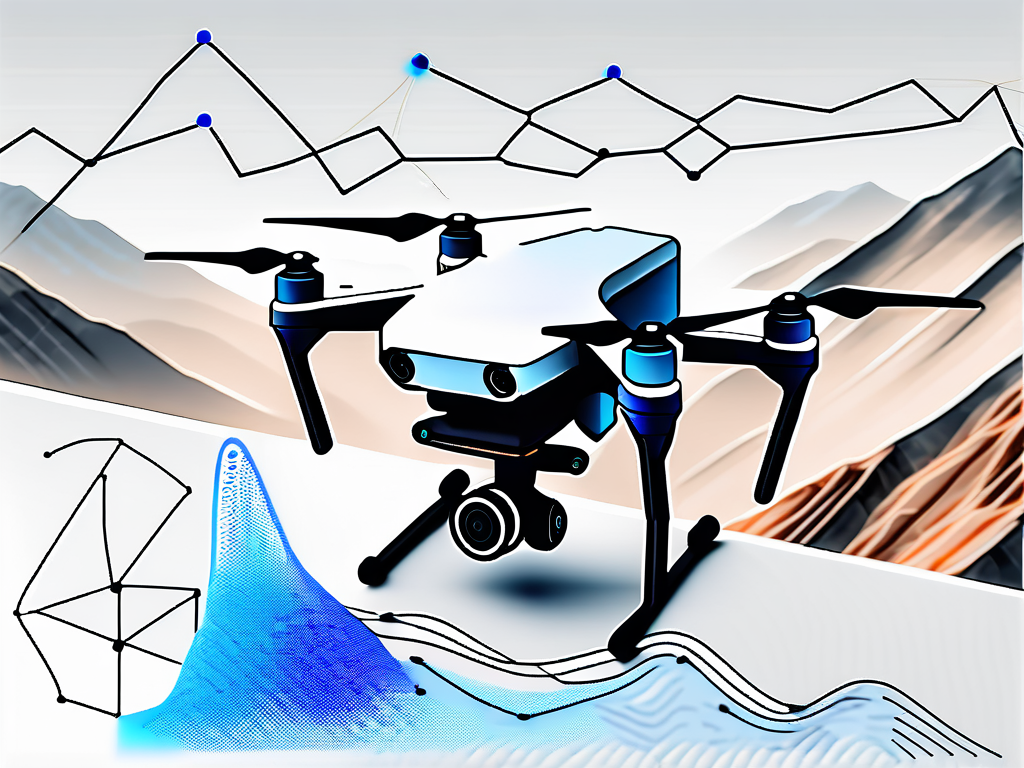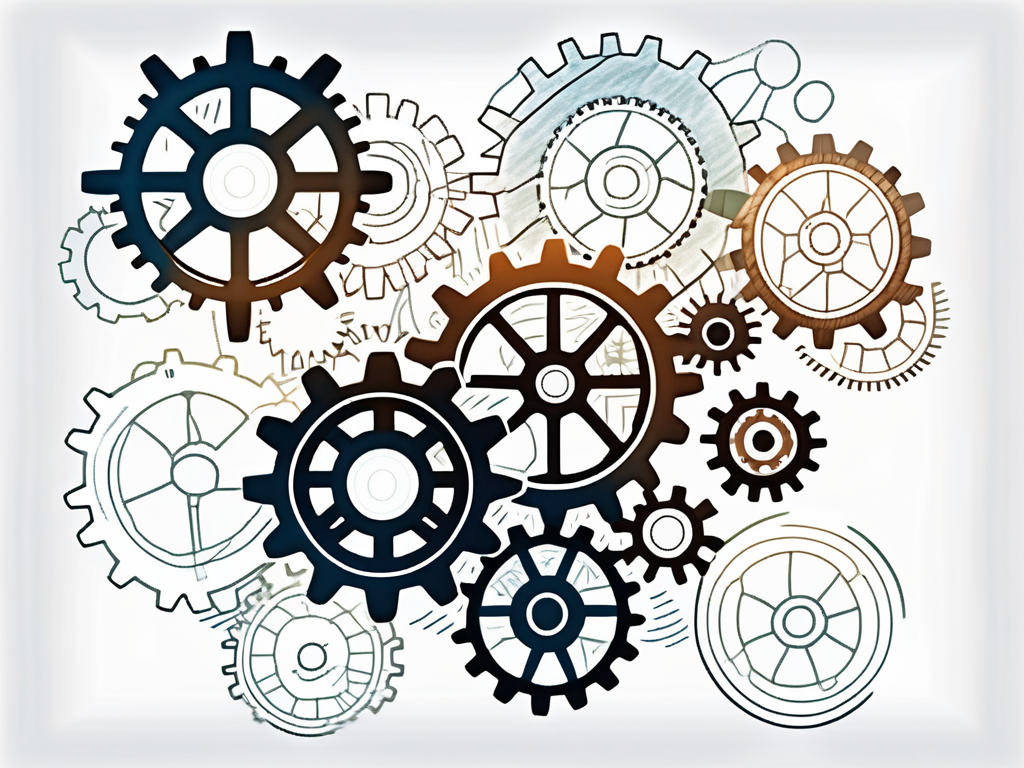
Enhancing Ground Mobility Through Remote Surveillance
In the ever-evolving world of technology, the ability to monitor and optimize ground movement remotely has become a game-changer for industries such as construction, mining, and transportation. This advancement not only enhances efficiency but also significantly reduces the risks associated with manual monitoring.
The Power of Remote Monitoring
Remote monitoring, at its core, is the process of tracking and managing ground movement from a distance using advanced technology. This method has become increasingly popular due to its ability to provide real-time data, which is crucial for timely decision-making and risk management.
By leveraging remote monitoring, companies can keep a close eye on their operations without the need for physical presence. This not only saves time and resources but also ensures that any potential issues are identified and addressed promptly, thus preventing costly damages and delays.
Real-Time Data Collection
The cornerstone of remote monitoring is its ability to collect and analyze data in real-time. This means that companies can monitor ground movement as it happens, allowing them to respond to changes immediately. This real-time data collection is made possible through the use of advanced sensors and software that continuously track and record ground movement.
Moreover, this data can be accessed from anywhere, at any time, providing companies with the flexibility they need to manage their operations effectively. This is particularly beneficial for companies that operate in remote or hard-to-reach areas, where physical monitoring can be challenging and costly.
Automated Alerts
Another significant advantage of remote monitoring is the ability to set up automated alerts. These alerts can be customized based on specific parameters, such as the rate of ground movement, and are triggered when these parameters are exceeded. This allows companies to take immediate action to mitigate any potential risks, thus enhancing safety and efficiency.
These automated alerts can be sent via various channels, including email, SMS, and mobile apps, ensuring that the relevant personnel are notified promptly. This real-time communication can significantly reduce response times, thus preventing minor issues from escalating into major problems.
Enhancing Ground Mobility Through Remote Surveillance
While remote monitoring provides a wealth of benefits, its true power lies in its ability to optimize ground movement. By leveraging the data collected through remote monitoring, companies can make informed decisions that enhance efficiency and productivity.

For instance, in the construction industry, remote monitoring can be used to optimize the placement of machinery and equipment based on ground movement patterns. This can significantly reduce the time and resources required for setup and relocation, thus boosting productivity.
Data-Driven Decision Making
One of the key ways in which remote monitoring can optimize ground movement is through data-driven decision making. By analyzing the data collected through remote monitoring, companies can identify trends and patterns that can inform their operational strategies.
For example, by tracking ground movement over time, companies can predict future movement patterns and plan their operations accordingly. This can help to prevent delays caused by unexpected ground movement, thus ensuring that projects are completed on time and within budget.
Enhanced Safety
Another crucial aspect of optimizing ground movement is enhancing safety. By monitoring ground movement remotely, companies can identify potential risks and take proactive measures to mitigate them. This not only protects workers and equipment but also ensures that operations are carried out in compliance with safety regulations.
Furthermore, the real-time data provided by remote monitoring can be used to train staff on safe practices, thus further enhancing safety. For instance, by studying past incidents, companies can identify common risk factors and develop strategies to avoid them in the future.
Implementing Remote Monitoring
Implementing remote monitoring requires careful planning and consideration. Companies must first identify their specific needs and objectives, and then select the appropriate technology and tools to meet these needs.
It's also important to consider the cost of implementation, as well as the potential return on investment. While remote monitoring can be a significant investment, the benefits it provides in terms of efficiency, safety, and productivity can often outweigh the costs.
Choosing the Right Technology
The choice of technology is a critical factor in the success of remote monitoring. Companies should consider factors such as the accuracy and reliability of the technology, as well as its ease of use and compatibility with existing systems.
It's also important to consider the scalability of the technology. As companies grow and evolve, their monitoring needs may change. Therefore, it's crucial to choose a technology that can adapt to these changes and continue to provide reliable and accurate data.
Training and Support
Training and support are also crucial for the successful implementation of remote monitoring. Companies must ensure that their staff are adequately trained on how to use the technology and interpret the data it provides.
Furthermore, ongoing support is essential to ensure that the technology continues to function optimally. This includes regular maintenance and updates, as well as troubleshooting and technical support.
Conclusion
Remote monitoring has revolutionized the way companies monitor and manage ground movement. By providing real-time data and automated alerts, it allows companies to optimize their operations, enhance safety, and make informed decisions.

While implementing remote monitoring can be a complex process, the benefits it provides make it a worthwhile investment. With the right technology and support, companies can leverage remote monitoring to drive efficiency, productivity, and growth.
